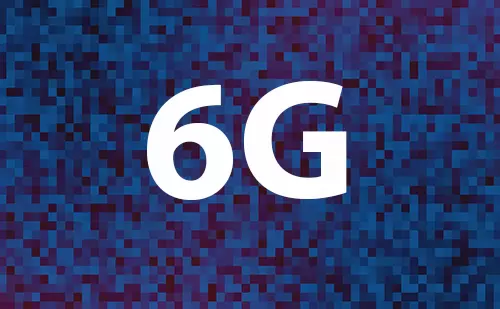Nokia, NTT DOCOMO, and NTT achieved two milestones on the path to 6G:
- Implementation of artificial intelligence (AI) and machine learning (ML) into the radio air interface. By pairing a AI-based learned waveform in a transmitter with a deep-learning receiver, Nresearchers were able to design and implement a learning air interface that transmits data efficiently under many different scenarios. This AI/ML-based implementation significantly reduces signaling overhead, producing up to a 30% improvement in throughput.
- Utilization of new sub-terahertz (sub-THz) spectrum to dramatically boost network capacity. The sub-THz bands (100GHz and above) have never been designated for cellular use because of their propagation characteristics, but new techniques such as beamforming could open up those frequencies to future 6G networks. These higher frequencies are well suited for high-accuracy radio sensing, which will likely be another key feature of 6G. In their proof-of-concept, Nokia, DOCOMO and NTT were able to demonstrate a 25 Gbps connection on a single 256QAM stream over a carrier frequency of 144 GHz using beamforming. Accessing the sub-THz bands would inject enormous capacity into 6G networks. The sub-THz bands won’t just improve overall capacity, they will allow 6G networks to support the most bandwidth intensive future use cases requiring multi-gigabit average connections.
Both technologies have been demonstrated as proofs of concept at Nokia Bell Labs in Stuttgart, Germany.
Nokia said these technologies could pave the way for new immersive metaverse and extended reality (XR) experiences and a new generation of mobile applications.
Takehiro Nakamura, Chief Technology Architect, DOCOMO, said: “We are delighted to announce the steady progress of two key technologies toward 6G as achievements of the collaboration with NTT and Nokia started in June 2022. Through the collaboration, we continue to establish innovative 6G technologies and contribute to the global standardization and commercialization of 6G.”
Peter Vetter, President of Bell Labs Core Research, Nokia, said: “For the 6G era, we are using communication as a starting point. Networks will think, sense and act, and they will become the nexus point that bridges our digital and physical realities. DOCOMO and NTT share our 6G vision, and together we’re doing the fundamental research that will breathe life into that future.”
https://www.nokia.com/about-us/newsroom/press-and-stock-exchange-releases/

















